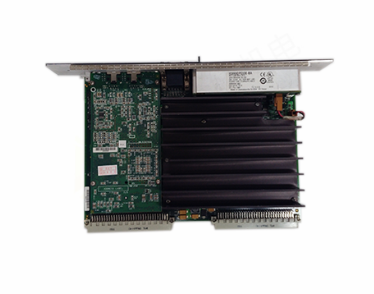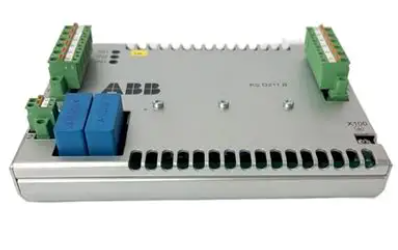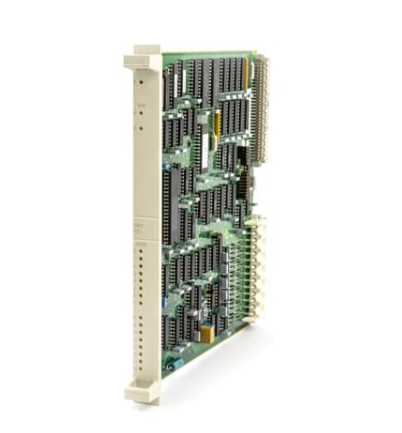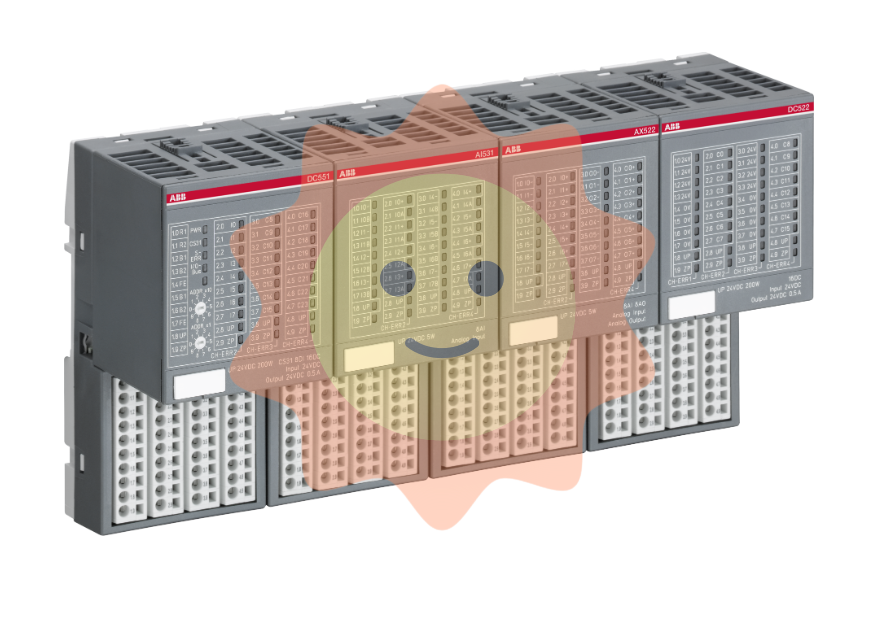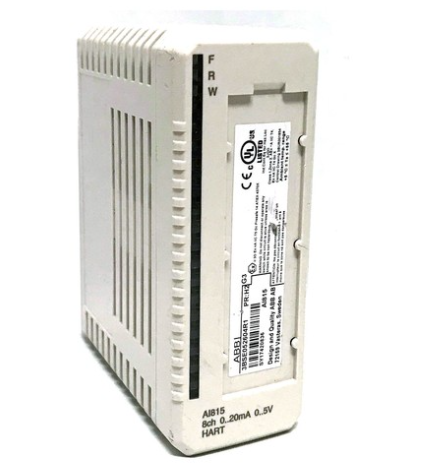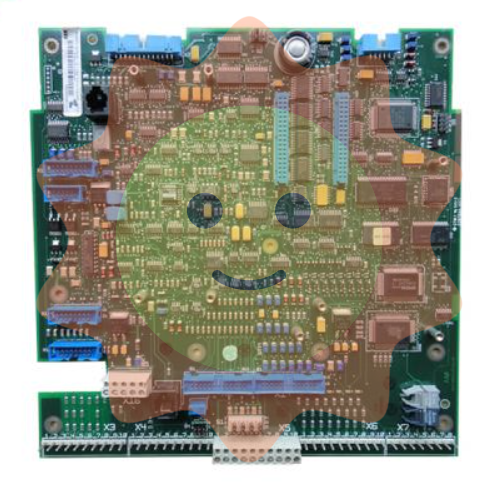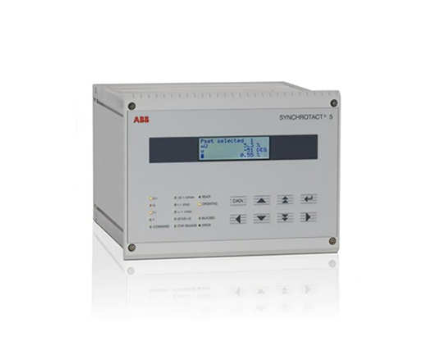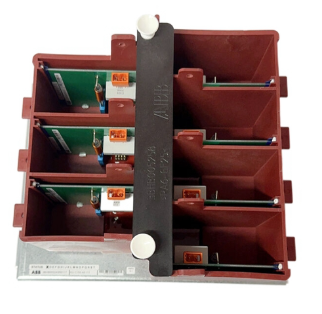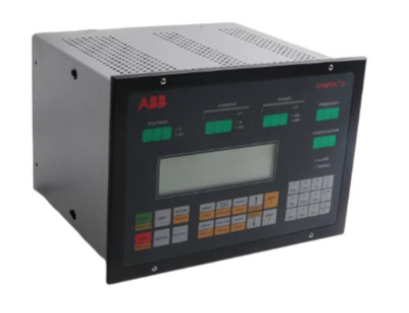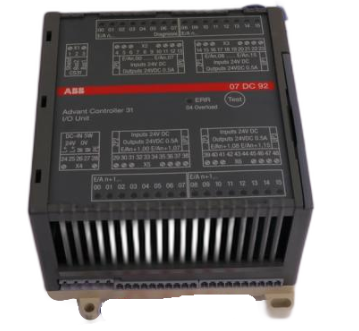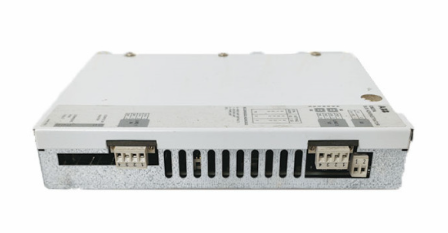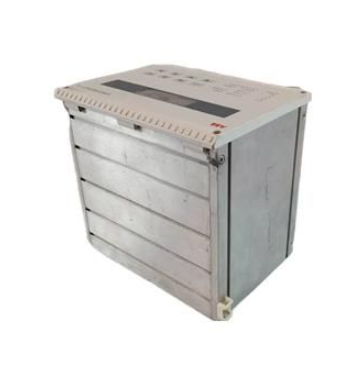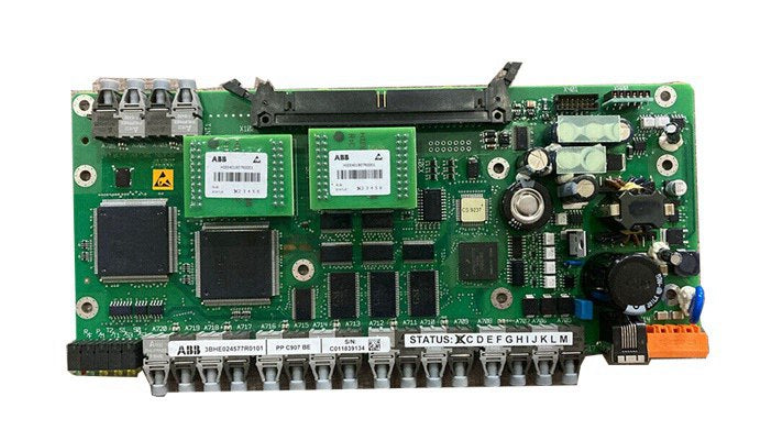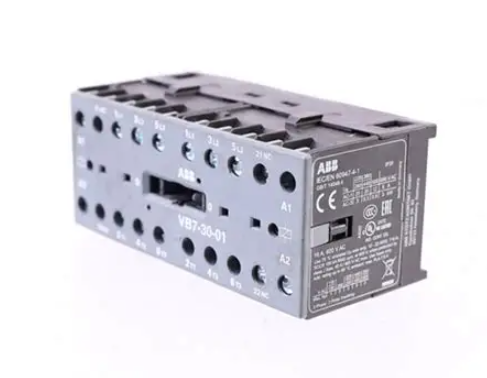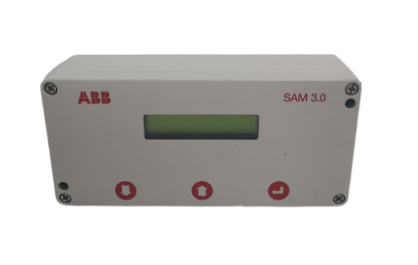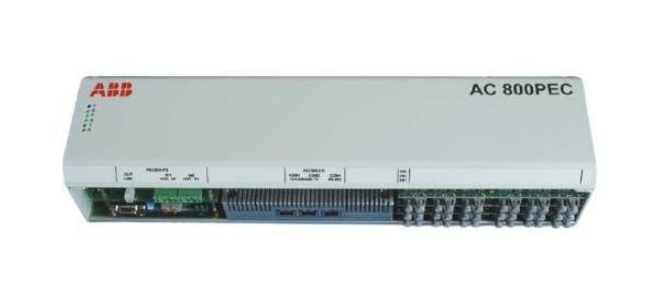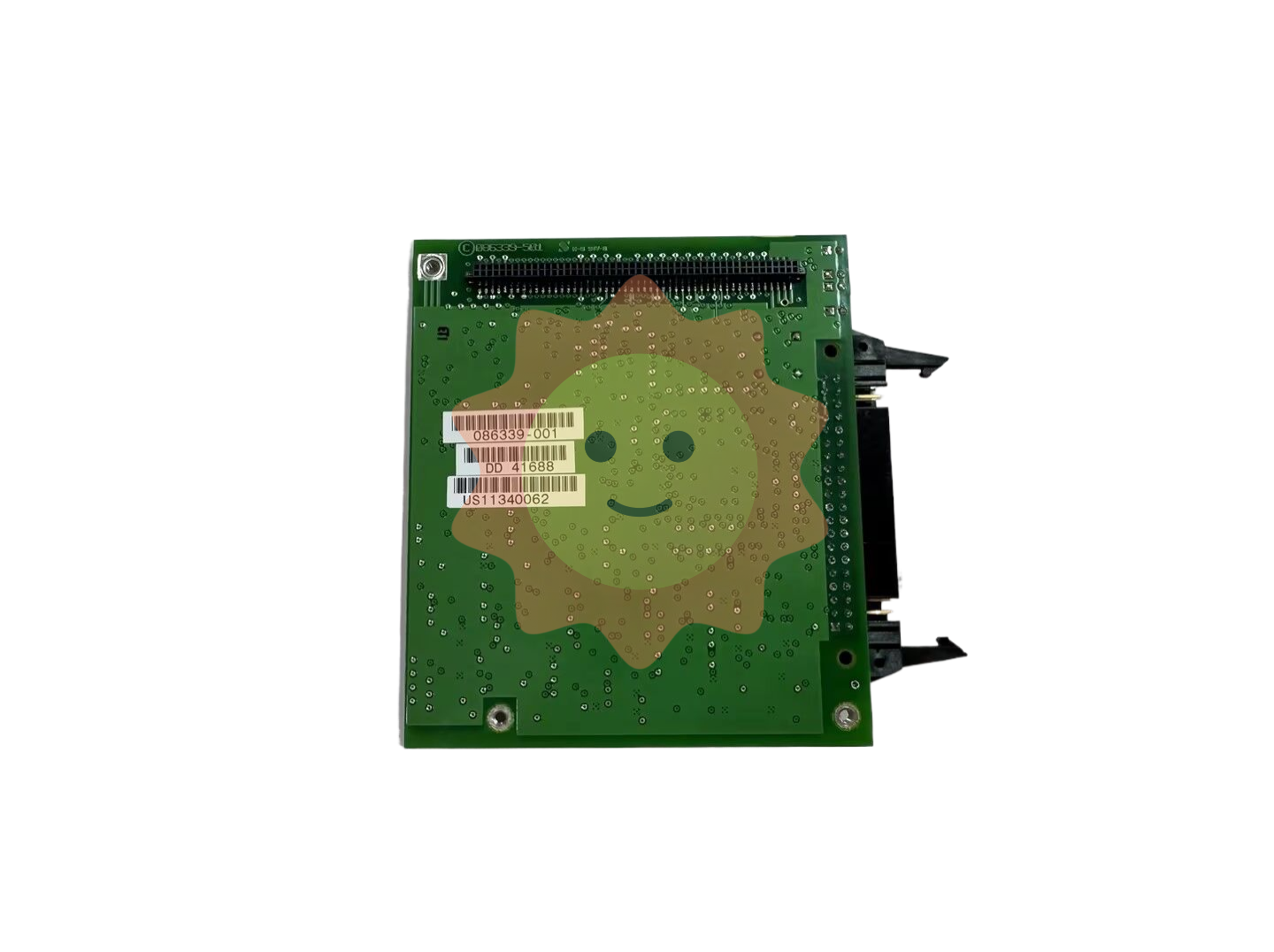ABB DSRF197K01 Control Module
Key advantages
High reliability: Using high-quality electronic components and advanced manufacturing processes, and undergoing strict quality inspection processes, it can operate stably in harsh industrial environments such as high temperature, high humidity, and strong electromagnetic interference. Its mean time between failures (MTBF) is tens of thousands of hours, greatly reducing equipment maintenance costs and production interruption risks caused by module failures.
Excellent compatibility: The design fully considers compatibility with various industrial equipment and systems, supporting multiple communication protocols such as Modbus, Profibus, EtherNet/IP, etc. It can easily connect and exchange data with devices of different brands and models, making it convenient for users to build complex industrial automation control systems.
Flexible programming and configuration: Provides powerful and easy-to-use programming software and configuration tools, allowing users to flexibly program and configure modules through graphical interfaces or programming code according to actual production needs. Both simple logic control and complex process control can be quickly and conveniently implemented to meet the diverse needs of different users.
Precautions
Installation environment: It should be installed in a dry, ventilated, and non corrosive gas environment, avoiding direct sunlight and high temperature environments. The installation location should be far away from strong electromagnetic interference sources, such as large motors, transformers, etc., to prevent electromagnetic interference from affecting the normal operation of the module. At the same time, it is necessary to ensure that the installation location has good seismic performance to avoid loosening or damage to internal components of the module due to vibration.
Wiring operation: When performing wiring operations, be sure to cut off the power first to ensure safe operation. Strictly follow the wiring diagram in the product manual to ensure secure and correct wiring, and avoid problems such as short circuits and open circuits. After the wiring is completed, carefully check whether the wiring is correct and error free. Only after confirming that there are no errors can the power be turned on for testing.
Software Upgrade and Maintenance: Regularly follow ABB's official software upgrade information and upgrade module software in a timely manner to obtain the latest features and performance optimizations. During the upgrade process, it is necessary to strictly follow the upgrade guide to avoid software upgrade failure or module damage caused by improper operation. At the same time, regularly inspect and clean the hardware of the module, remove dust and debris from the surface, and ensure good heat dissipation of the module.
Troubleshooting: If a module malfunctions, the fault type should be initially determined based on the fault indicator light or error message. When troubleshooting, follow the principle of easy first and then difficult, check whether the power connection, wiring is loose, and external equipment is normal. If the fault cannot be resolved by oneself, ABB professional technical support personnel should be contacted in a timely manner to avoid blindly disassembling the module and causing the fault to expand.

- EMERSON
- Honeywell
- CTI
- Rolls-Royce
- General Electric
- Woodward
- Yaskawa
- xYCOM
- Motorola
- Siemens
- Rockwell
- ABB
- B&R
- HIMA
- Construction site
- electricity
- Automobile market
- PLC
- DCS
- Motor drivers
- VSD
- Implications
- cement
- CO2
- CEM
- methane
- Artificial intelligence
- Titanic
- Solar energy
- Hydrogen fuel cell
- Hydrogen and fuel cells
- Hydrogen and oxygen fuel cells
- tyre
- Chemical fiber
- dynamo
- corpuscle
- Pulp and paper
- printing
- fossil
- FANUC
- Food and beverage
- Life science
- Sewage treatment
- Personal care
- electricity
- boats
- infrastructure
- Automobile industry
- metallurgy
- Nuclear power generation
- Geothermal power generation
- Water and wastewater
- Infrastructure construction
- Mine hazard
- steel
- papermaking
- Natural gas industry
- Infrastructure construction
- Power and energy
- Rubber and plastic
- Renewable energy
- pharmacy
- mining
- Plastic industry
- Schneider
- Kongsberg
- NI
- Wind energy
- International petroleum
- International new energy network
- gas
- WATLOW
- ProSoft
- SEW
- wind
- ADVANCED
- Reliance
- YOKOGAWA
- TRICONEX
- FOXBORO
- METSO
- MAN
- Advantest
- ADVANCED
- ALSTOM
- Control Wave
- AB
- AMAT
- STUDER
- KONGSBERG
- MOTOROLA
- DANAHER MOTION
- Bently
- Galil
- EATON
- MOLEX
- Triconex
- DEIF
- B&W
- ZYGO
- Aerotech
- DANFOSS
- KOLLMORGEN
- Beijer
- Endress+Hauser
- MOOG
- KB
- Moxa
- Rexroth


Email:wang@kongjiangauto.com



